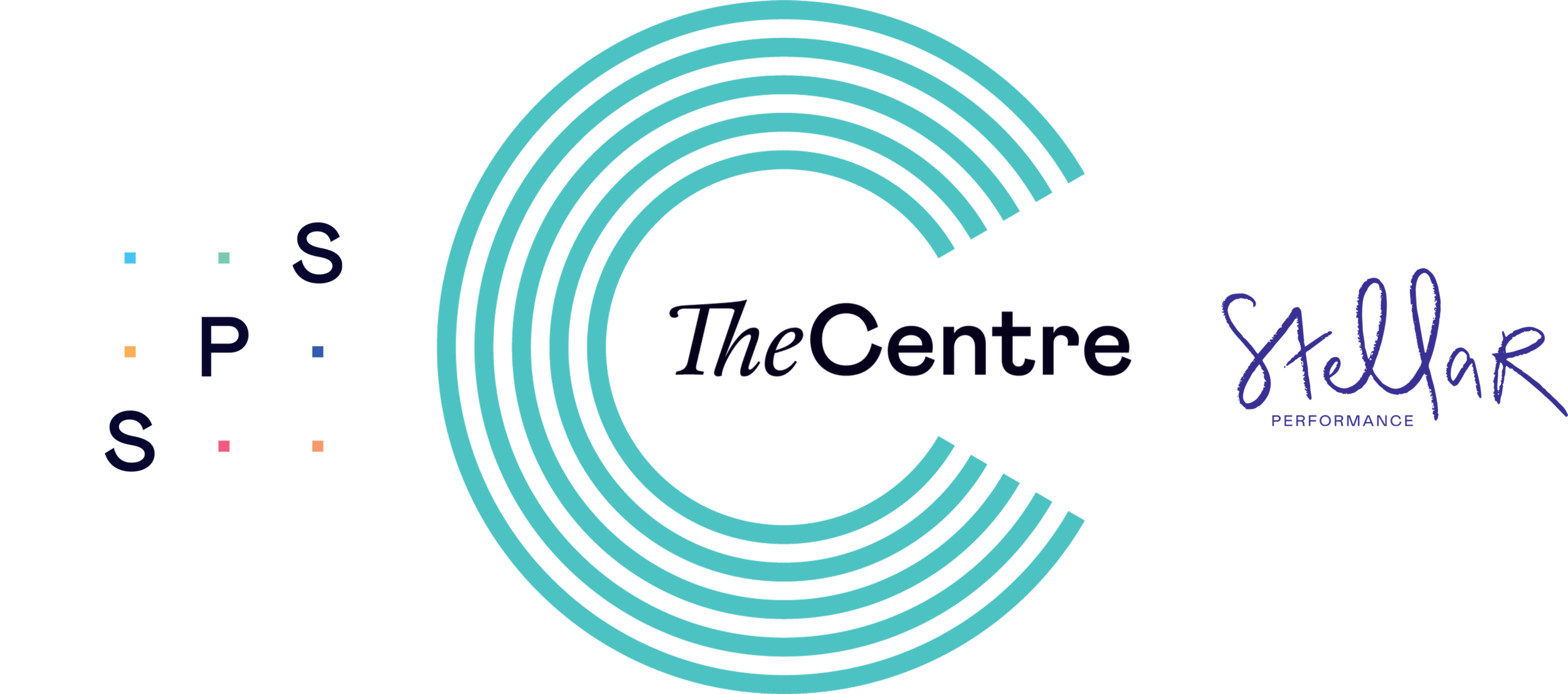U - Universal
Everyone’s internal architecture is a complex mix of fibrous elements - collagen, reticulin & elastin all suspended in a ground substance - viscous gel - water, carbohydrates & protein molecules.
I know that all therapists understand in theory the variety of molecules and fibres that combine in an infinite number of ways to produce the complex tissues of the body. From bone to muscle to connective tissues the ‘architecture’ is elaborate, specific and structurally unique. Each individuals unique genetic make-up (nature) and the activity/ exercise and workload (nurture) applied to these structures produces structure unique to that person.
How we utilise the information obtained through assessment surrounding the interplay between nature and nurture affects our choice of intervention and therefore the outcome of the intervention. Traditional understanding of ‘hands-on’ therapy has come under pressure due to the lack of research that ‘fits’ the modern theorists perception of what is deemed evidence based practice. The reality of most research today is to drive down cost in providing interventions via our NHS system that are cost effective. If it can’t be researched in the manner of a new drug then its relevance is somehow deemed less important.
I am all for research that helps guide our understanding of ‘how’ tissues/structure and the interplay of nature/nurture affects healthy and unhealthy tissue. It can only improve our therapeutic interventions for the benefit of individuals. However, much of the research we as therapists need to understand is not even in the early stages of research let alone giving us answers to complex questions.
Practice based evidence and ‘hands-on skills are as relevant and essential as they were hundreds of years ago when modern medicine was in its infancy.
If using a particular massage/soft tissue method improves a clients sense of well being, confidence and eases their discomfort then it is a part of the jigsaw puzzle on their road to recovery. Hands-on therapy gives focus, direction and reassures clients that they are being taken seriously, cared for and supported on the road to recovery, which for some is long and lonely.
Every ‘hands-on’ skill has an effect - erythema, sensory change to a vast variety of receptors, all feeding their information into the nervous system, fascial system and endocrine system…..
When a patient/client is given a piece of paper with exercises on in 10mins the only ‘input’ is the practitioners voice (enough for some) which utilises only a few of our many receptors. Eyes to see the paper or if time allows to see the therapist showing them ‘how’ to perform the exercise and ears to listen to the instructions and a descriptor of each exercise and protocol to be undertaken. Yes many manage to recover with this system, but how many don’t? How much time is lost on their road to recovery when they forget, didn’t understand the exercise or perform it incorrectly? How long do they wait to be reviewed? How long do their symptoms persist when the eyes and ears of therapy were insufficient?
The current system where time is the crucial factor relies on limiting the number of input factors in the belief that as these are ‘evidence based’ they are sufficient for everyone to recover.
We all know people who can’t follow instructions from paper - its Universal.
We all know patients/clients who only respond to ‘touch’ - its Universal.
We all know how effective our integrated systems of massage/soft tissue skills & other modalities including exercise, strength & conditioning is - its Universal.
Therapists who use their knowledge of soft tissues through touch, pressure and stretch, know how effective their interventions are with ‘practice based evidence’ - it’s Universal
I support the new generation of therapists armed with their theories, enthusiasm and belief that the ‘research based evidence’ only approach is all that is required. However, if all the research hasn’t been completed you ‘don’t know what you don’t know’! That includes ‘hands - on’ therapy in all its forms. You don’t want to be the type of therapist who wears blinkers just because thats all you know. Open your eyes and your hands to the possibility that ‘therapy’ in all its forms needs touch. We need nurture to involve all the senses. We need skills that understand ‘how’ soft tissues respond to being stretched, pressured, warmed and shaken…
The Universal use of massage and soft tissue skills will not change. People want and need touch. People will not ask to see the evidence for what you do they will ‘feel’ what you do and judge for themselves. Massage Matters now, in the future and has been the only intervention in the past for some that has made a difference. Hands-on skills are part of a Universally utilised tool kit don’t leave home without it!
If you need any further help, support or guidance then contact us to arrange a One to One or attend a course in advanced soft tissue skills, assessment or agree a bespoke education programme to meet your needs as we return to studies, education & training.

